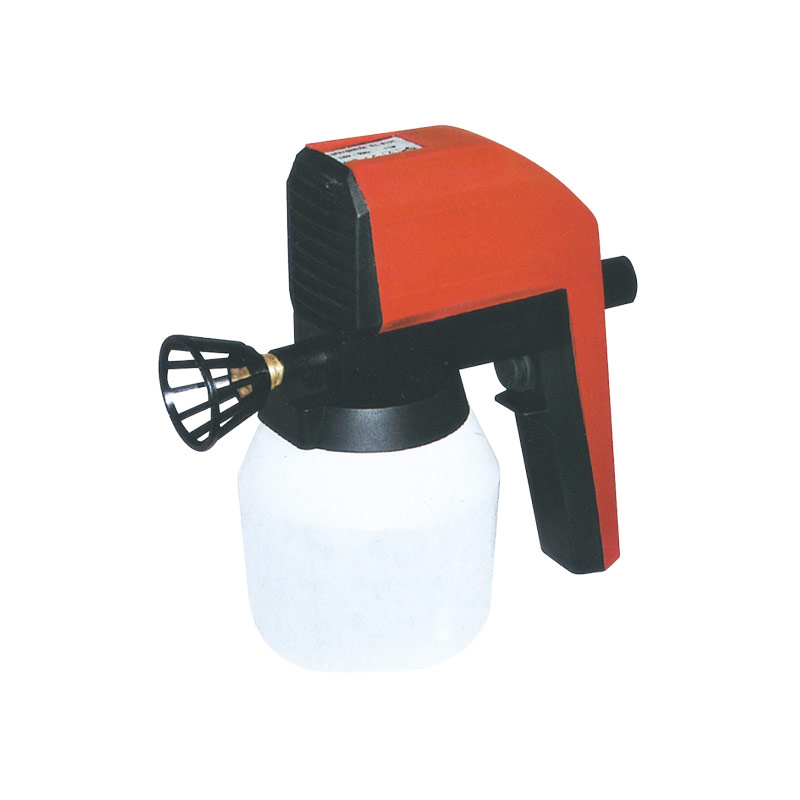If you're working on a large painting project, then the use of an airless paint sprayer is going to be essential. Using an airless paint sprayer is a necessity for jobs that require spraying a large area. If you have an old-fashioned roller, then it will be necessary to rent a compressor for this job. Otherwise, an airless electric paint sprayer will make the job go a lot faster. These sprayers are also ideal for those jobs that involve spraying on a smaller scale and do not need the application of many coats of paint.
Using an airless paint sprayer is a necessity for large jobs. The efficiency of the airless paint sprayer verses that of a conventional roller and brush are huge where even more extensive application areas are at stake. Using a regular roller could leave streak in your material, especially if not used properly. Another advantage of the adjustable pressure paint sprayer is that the nozzle can be adjusted to accommodate the exact paint coverage you need. This is particularly helpful for jobs that require spraying in areas that may not be accessible or suitable with the standard nozzles.
Paint Sprayers can be categorized as either hand held or wheeled cart style. Each type of these paint sprayers comes with its own advantages and disadvantages. It is important to know what exactly you need with the paint sprayer before making the final decision. Knowing the difference between the two will ensure that you pick the one that is perfect for you.
Handheld paint sprayers are great for the small-scale jobs that only require a single nozzle. This type comes with a flexible hose that allows the user to adjust the flow of the spray pattern. For the user of this type of sprayer, it's best to choose a small paint sprayer with a smaller tip size. Smaller tip sizes allow the user to control how much spray they want out of their paint spraying.
On the other hand, wheeled carts are best for larger painting jobs. They come with two or three nozzles that allow the user to cover wider areas. This makes them best for covering larger areas that other types of sprayers can't reach. However, their disadvantage is that the user will need to move the entire cart when the job needs to be covered. In addition, users will need to clean the wheels periodically to prevent build up of dirt and debris. Also, when choosing the best paint sprayer, it's best to go for one that uses propane or natural gas to guarantee consistent coverage.
Airless sprayers are generally preferred over the other two types, mainly because they don't require an external source of power. This eliminates the need for a cord, a gas or any cord. Additionally, they can be used without worrying about getting a cord plugged while they're in use. This type is generally more expensive than the other two types of paint sprayers, but it offers users the convenience of being able to use it anywhere they go. However, they have a major drawback. They are not capable of spraying at very high pressures.
Paint sprayers that employ pressure jets to hit the painting project surface at high speeds are generally considered as the best pick. They offer users the ability to paint without worrying about damaging the surface. The only disadvantage of these types is that they need a good source of power and they can cost a good amount of money. However, users can get their hands on them at very affordable prices. In addition, they offer the highest quality paint jobs available in the market today.
There are different spray patterns available to choose from when you're buying a Paint Sprayer. The most popular among them are the cone and the line spray nozzles. The cone nozzle offers users a very wide surface area to paint. The line spray nozzles, meanwhile, are generally used for painting architectural structures, furniture, and automobiles. The widest point of variation between the different nozzles is the width of their spraying path.




